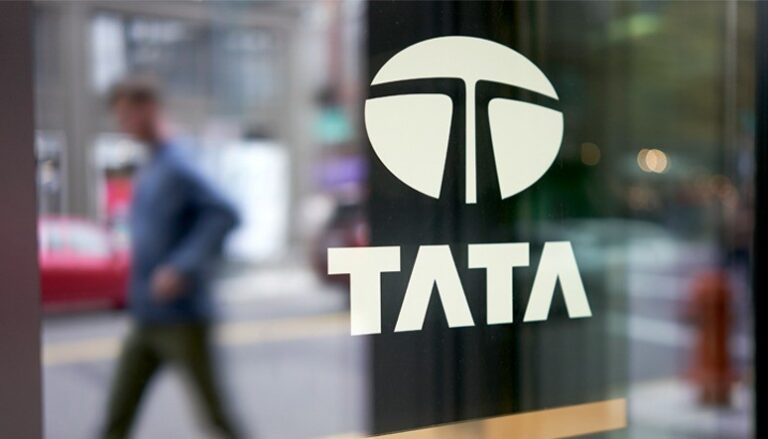The Credit Monitoring Arrangement (CMA) report is a crucial financial document required by banks for assessing a company’s financial health before extending credit. For businesses in the service industry, preparing accurate and well-structured CMA data is essential for securing loans and funding. This comprehensive guide will walk you through the process of preparing CMA data for service-oriented businesses, ensuring your CMA report meets the standards required by financial institutions.
What is CMA Data?
CMA data is a financial report that provides a detailed analysis of a company’s performance, profitability, and financial structure over a specified period. It typically includes information about the company’s past, present, and projected financials, including balance sheets, profit & loss statements, and cash flow projections. Banks use CMA data to evaluate a company’s ability to repay loans and assess its financial stability.

Importance of CMA Data in the Service Industry
In the service industry, where businesses may not have physical products or inventory to show, it becomes critical to present solid financial data. Unlike manufacturing or retail industries, service businesses primarily depend on human capital, project execution, and client contracts. The CMA data helps the bank understand your business model, financial position, and future growth potential.
Step-by-Step Guide to Preparing CMA Data for the Service Industry
1. Basic Company Information
The first section of CMA data includes general information about the business, including:
- Company name and address
- Nature of business (specify the service industry segment you operate in, such as IT, consulting, healthcare, etc.)
- Promoters and management details
- Ownership structure (proprietorship, partnership, or corporation)
Ensure this information is accurate, as banks use this to understand your business background.
2. Historical Financial Data
Next, provide past financial data for at least three to five years, as required by the bank. This section should include:
- Profit & Loss Statements: Show the revenue from services, cost of service delivery (such as salaries, technology costs, etc.), and net profit or loss.
- Balance Sheets: Include details of assets (like office space, technology infrastructure), liabilities, and capital invested by promoters.
- Cash Flow Statements: Highlight the inflows and outflows, showing how well you manage your cash flow. In the service industry, it is important to showcase the consistency of payments received from clients and the timely settlement of expenses.
3. Current Financial Data
This section focuses on the current financial year’s performance. Service companies should ensure that they provide a clear breakdown of:
- Current service contracts or projects
- Monthly or quarterly revenue
- Key operating expenses (such as salaries, utilities, and marketing)
- Outstanding payments (both receivables and payables)
4. Projected Financial Data
Banks require projections to evaluate how you plan to grow your service business in the coming years. Prepare a five-year projection covering the following:
- Revenue Projections: Estimate the revenue growth based on existing contracts and potential client acquisitions.
- Expense Projections: Project salaries, rent, software licenses, and other service-related expenses.
- Profit & Loss Projections: Show how profit margins will improve over the years.
- Cash Flow Projections: Ensure a steady flow of revenue and liquidity to cover operational costs.
To make your projections realistic, factor in market trends, client retention rates, and potential economic conditions affecting the service sector.
5. Working Capital Requirements
In service industries, working capital is often tied to client payments and operational costs like salaries. The CMA data should reflect:
- Current working capital: The difference between current assets and liabilities.
- Future working capital needs: As the business grows, determine the amount of working capital required to keep operations running smoothly.
6. Banking Arrangements and Credit History
Outline your current banking relationships, including:
- Existing loans or credit lines (if any)
- Current credit limits and utilization
- Repayment history: Highlight if your business has a positive credit history by timely repayment of loans or credit lines.
This section assures banks that your service business has a stable financial relationship with financial institutions.
7. Fund Utilization and Justification
Specify the purpose for which you are seeking additional credit. For the service industry, this may include:
- Expansion of services or geographic reach
- Hiring more employees or consultants
- Investment in technology or software to enhance service delivery
- Marketing and branding initiatives
Banks want to know how the funds will be utilized to improve your service business’s profitability and growth.
8. Ratio Analysis
Banks will assess the financial health of your service business through ratio analysis. The key ratios to include in the CMA report are:
- Current Ratio: Reflects liquidity; should be greater than 1.
- Debt-to-Equity Ratio: Lower ratios indicate lower financial risk.
- Profit Margins: Demonstrates the company’s profitability from its service offerings.
- Return on Equity (ROE): Shows the return on the owner’s investments.
9. Break-Even Analysis
A break-even analysis is crucial for service businesses to demonstrate the point at which revenues cover all expenses. Include details of:
- Fixed costs (such as salaries, rent)
- Variable costs (such as project-based expenses)
- Revenue needed to break even
This analysis helps banks understand how much business you need to sustain operations and generate profits.
Best Practices for Preparing CMA Data for Service Businesses
- Accuracy is Key: Ensure that all financial data is accurate and up-to-date. Discrepancies can raise red flags.
- Use Consistent Formats: Maintain consistency in presenting financials, making it easier for banks to analyze the data.
- Seek Professional Help: Consider hiring a financial consultant or a CA to ensure that your CMA data adheres to the bank’s standards.
- Tailor Projections: For service businesses, tailor your projections based on the nature of your industry, whether it’s recurring services, project-based income, or subscription models.
FAQs
Q1. Why is CMA data important for service businesses? CMA data helps banks evaluate the financial health of a service business and decide whether to extend credit based on the company’s past performance and future projections.
Q2. How does the service industry’s CMA data differ from other sectors? In the service industry, CMA data focuses more on revenue from contracts and client services rather than inventory or physical assets, which are common in manufacturing or retail sectors.
Q3. What are the critical components of CMA data for a service business? Key components include financial statements (P&L, balance sheet, and cash flow), working capital requirements, projections, and a break-even analysis tailored to service-based operations.
Conclusion
Preparing CMA data for the service industry is a meticulous process that requires a deep understanding of your company’s financials. By presenting clear, accurate, and well-structured data, you increase the chances of securing loans and funding from financial institutions. Follow the guidelines mentioned in this blog to create a CMA report that effectively communicates the financial strength and growth potential of your service business.
For more such insights, visit SmartTaxSaver.



